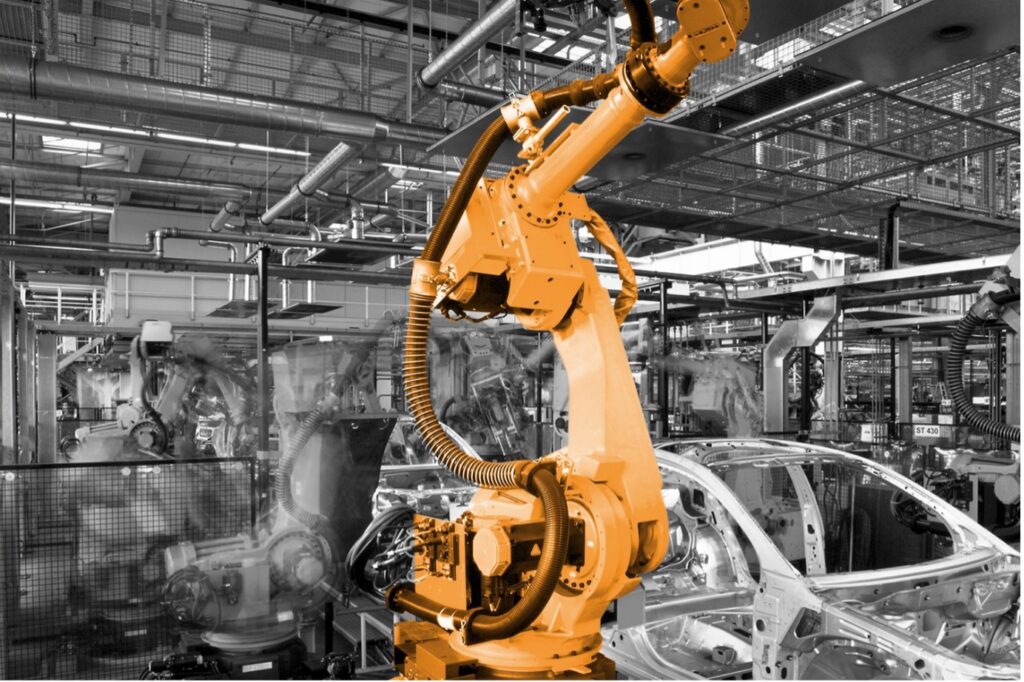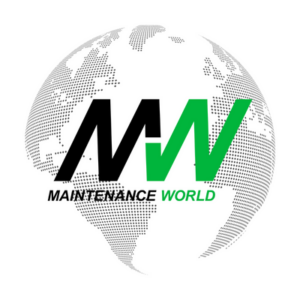When AI Cannot Help: Lessons for Manufacturing Leaders
Dr. Anthony Kenneson-Adams DBA. FIoL. Head of Learning and Knowledge Transfer Project7 Consultancy
Posted 4/10/2025
Introduction
Artificial intelligence (AI) is revolutionizing manufacturing. From predictive maintenance to process optimization, AI promises to enhance efficiency, reduce costs, and drive innovation. Yet, as manufacturing leaders, it is critical to recognize that AI is not a silver bullet. There are instances where AI cannot help (AI limitations) — and understanding these limitations is as essential as embracing its capabilities.

The Human Factor: Leadership, Creativity, and Judgment
Manufacturing thrives on innovation, and while AI can analyse patterns and suggest improvements, it cannot replicate human creativity. When launching a new product, reacting to a machine breakdown, or reimagining a production line, the visionary thinking required and trust leaders place in their personnel lies beyond AI’s grasp. For example, I was the maintenance and reliability manager in a paper mill leading my team after a day of scheduled maintenance. On start up a major manifold from the paper pulper fractured spewing pulp under pressure across the stock prep floor. Production shut the machine down and my team and I needed a plan for recovery and quickly. As precuring the materials to manufacturer a bespoke manifold would take 14 days and a 14-hour shout down for repair, that plan needed to also ensure we would not lose any planned production.
Up stepped one of my millwrights with over 20 years’ experience who put forward his innovative plan based on his personal experience. In his judgement he was convinced that the manifold could be brought together with chain falls and rope used to bind raincoats around the cracks, and as it was the nature of paper pulp to form itself into paper it would seal the crack and tied us over for a number of weeks while the new parts could be manufactured.
Two major elements were at play here that AI cannot substitute, firstly his judgement and personal experience, and secondly my trust in his experience and integrity that I had learned to trust since I joined the team. Neither his personal ‘experience,’ judgement, integrity or my trust in him as an individual can be replicated in AI.
We carried executed his plan, it worked and enabled us to have a scheduled shutdown six weeks later without any loss of production. As a byproduct this was also an effective team building exercise as they learnt that I would listen and trust their judgement and I learnt that the millwrights would always know more than I would about the machines they had nurtured for 20 years or more.
Moreover in this and similar situations, leadership means motivating teams, resolving conflicts, and fostering a culture of trust and continuous improvement. These are deeply human traits that AI cannot perform. While AI might suggest a plan based on efficiency metrics, it cannot anticipate every possibility of the innovation needed for recovery of a poor situation, neither can it anticipate the emotional and cultural impacts on the workforce of working together. It takes human leaders to build trust, inspire innovation, and lead through change.
Data Dependency and Quality Issues – AI Limitations
AI’s effectiveness hinges on the availability of high-quality data. In manufacturing environments where data is incomplete, inconsistent, or outdated, AI solutions falter. A predictive maintenance system, for instance, may fail to provide accurate insights if sensor data is noisy or sporadic. Similarly, an AI-driven inventory management system may make flawed recommendations if it’s fed inaccurate stock counts or demand forecasts.
Leaders must address these data challenges before implementing AI solutions. This involves investing in individuals going to the workplace and using their senses to understand the ‘why’ and the totality of complex situations in order to build a robust data collection infrastructure, ensuring proper data governance, and fostering a culture of data accuracy. Without these foundations, AI initiatives can quickly lead to frustration and wasted resources.
AI Limitations of Context Understanding
AI excels at pattern recognition but struggles with context. In a dynamic manufacturing environment, understanding the broader context is critical. For example, AI might flag a slowdown in production and suggest a machine adjustment, but it might not recognize that the delay is due to a shortage of skilled operators or an unexpected supplier issue such as polystyrene getting into the recycled paper bales from a less than observant supplier.
This AI limitation underscores the need for human oversight. Manufacturing leaders must interpret AI’s recommendations within the broader operational landscape and consider factors beyond the algorithm.

Rapidly Changing Environments
Manufacturing is often subject to sudden changes — pandemics, market demand shifts, supply chain disruptions, regulatory updates, or geopolitical events. AI systems, trained on historical data, may struggle to adapt to these changes in real time.
In such scenarios, human adaptability and intuition become vital. Manufacturing leaders must be prepared to pivot quickly, leveraging AI as a tool rather than relying on it as an all-encompassing solution.
Conclusion
Recognizing AI limitations is not a critique of the technology but a call to action for leaders. AI is a powerful tool, but it’s not a substitute for human ingenuity, judgment, and adaptability; YET. Successful manufacturing leaders:
- Focus on the Intellect and Skills of People: Prioritize workforce development and ensure that employees are trained and mentored so that they are prepared to work alongside and not subject to AI systems.
- Invest in Data Quality: Establish robust ‘eyes on’ data collection, cleaning, and governance practices that are essential to support AI initiatives. Remember AI is a tool – rubbish in, rubbish out.
- Maintain Context Awareness: Balance AI-driven insights with an understanding of the broader operational environment and by knowing your people.
- Plan for Change: Stay agile and ready to adapt to unexpected challenges and opportunities through building trust and engendering true collaboration.
AI will continue to transform manufacturing, but it will do so most effectively when paired with strong leadership and a human-centric approach. By understanding AI limitations and addressing them proactively, manufacturing leaders can unlock AI’s full potential while safeguarding the values and resilience of their organizations.

Dr Anthony Kenneson-Adams
Dr. Anthony Kenneson-Adams had a 30-year career in the Royal Air Force, becoming a Senior Engineering Officer, Project Manager and Engineering Authority responsible for multiple fast jets and large-body aircraft in peace and war operations. On retiring from the Royal Air Force, he became a Corporate Operational Excellence Consultant in the Paper Manufacturing and Packaging Industries and is now the Head of Learning and Knowledge Transfer for the international Project 7 Consultancy. You can contact Anthony at www.project7consultancy.com or [email protected]
Related Articles

How to Fix the 70/30 Phenomenon

Zen and the Art of Managing Maintenance

Why do maintenance improvement initiatives fail to deliver? (Hedgehog or Fox?)

Why Maintenance Improvement Efforts Fail

TPM and RCM: Whirled Class

Where Do Maintenance Professionals Come From?




